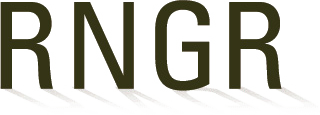
Apocynum (androsaemifolium)
|
Carol and Jerry Baskin Professors University of Kentucky University of Kentucky Lexington, Kentucky 40506-0225 seedlings.uidaho.com |
| Family Scientific Name: | Apocynaceae | ||
|---|---|---|---|
| Family Common Name: | Dog bane family | ||
| Scientific Name: | Apocynum androsaemifolium L. | ||
| Common Name: | Spreading dog bane | ||
| Species Code: | APOAND | ||
| General Distribution: | A. androsaemifolium is found across Canada and south to Georgia, Texas, Arkansas, and Arizona. It is commonly found in open pine forests on slopes, prairies,thickets, and along waterways. | ||
| Propagation Goal: | plants | ||
| Propagation Method: | seed | ||
| ProductType: | Container (plug) | ||
| Time To Grow: | 0 | ||
| Propagule Processing: | Seeds exhibit physiological dormancy. | ||
| Pre-Planting Treatments: |
Seeds are placed in cold moist stratification for 60 days. Germination occurs at 18 to 21 C. |
||
| References: |
Green, H. C. and Curtis, J. T. (1950). Germination studies of Wisconsin prairie plants. Amer. Midl. Nat. 43, 186-194. Table 10.22 In: Baskin, C.J. and Baskin, J.M. Seeds: Ecology, Biogeography and Evolution in Dormancy and Germination, Academic Press, 1998. Chapter 10: A Geographical Perspective on Germination Ecology: Temperate and Arctic Zones, pages 331 to 458. |
||
Citation:
Baskin, Jerry M.; Baskin, Carol C.. 2002. Propagation protocol for production of Container (plug) Apocynum androsaemifolium L. plants University of Kentucky Lexington, Kentucky. In: Native Plant Network. URL: https://NativePlantNetwork.org (accessed 2025/08/09). US Department of Agriculture, Forest Service, National Center for Reforestation, Nurseries, and Genetic Resources.









